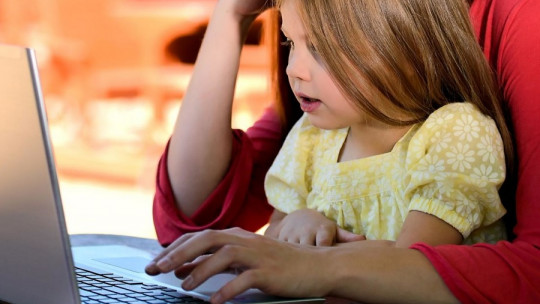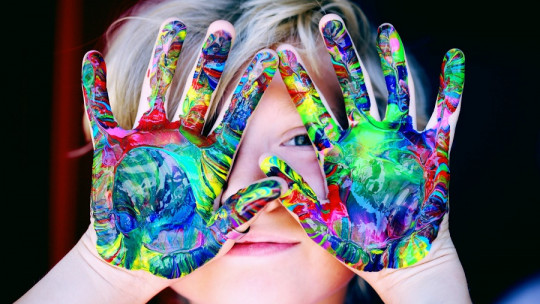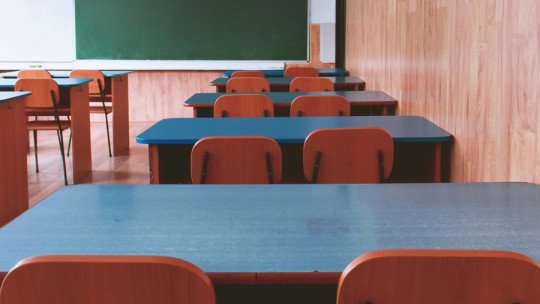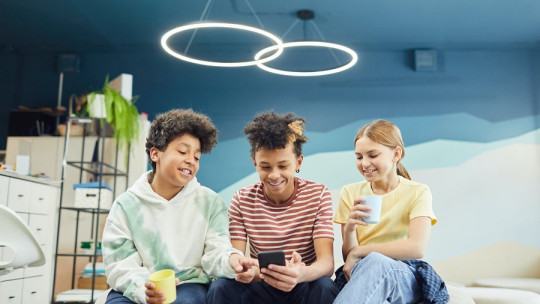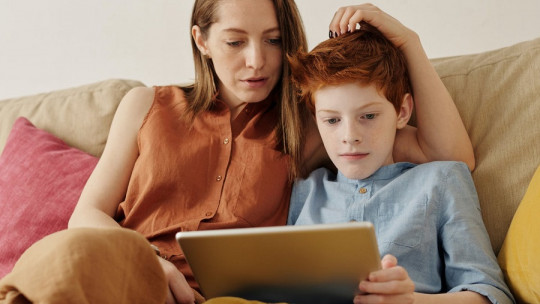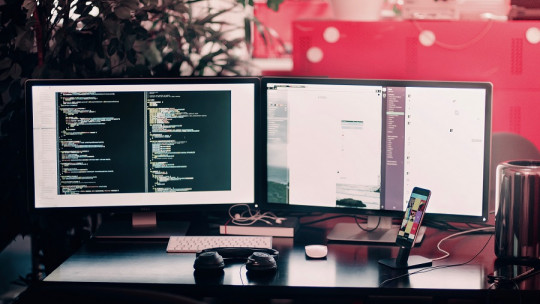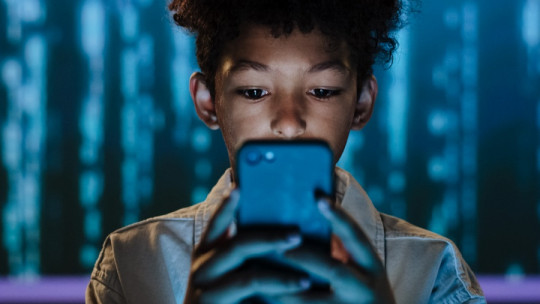Our way of communicating has changed. We no longer need to be in front of our friends to have a conversation or to plan the next weekend. In addition, our lifestyle has also undergone changes: We have greater access to information thanks to the Internet, mobile applications are part of our lives and they provide it to us, and we no longer even read as we did before (eBooks, iPads, electronic magazines…).
So if our lifestyle is no longer the same, Why do we continue to educate in the same way? Education needs to transform to prepare future workers for the information age.
What is B-learning and e-learning?
B-learning is one in which the student attends scheduled classes, just like in classical education, but at the same time, It has an online platform to develop work, homework or even evaluations This platform allows you to benefit from more personal work and choose the time and place to learn.
As we can see, it is a type of blended learning. E-learning is one in which The student does not attend face-to-face classes and his learning is entirely online
The student in e-learning teaching has an active role; Firstly, he is the one who manages his time and plans his learning process. In comparison with classical education in which students go to class with a specific schedule and a structured program, with days for tests, delivery of assignments and exercises… in e-learning the student can afford to study the subject in the schedule that best suits you and perform the evaluations and exercises in the same way. At the same time, You must learn to self-manage and plan
On the other hand, you must have technical skills to manage the teaching platform and be able to plan and be your own manager in its development. Along with this, their role is totally active within the learning process since they participate in forums, chats, carry out activities, contribute ideas, etc. In short, in e-learning the student is the protagonist of his or her learning process.
The role of the teacher has also been modified In other training courses, this plays a central role: it explains the contents, plans the evaluations and activities to be carried out. In b-learning or e-learning the teacher takes the role of facilitator or moderator. In this way, students are empowered to direct their own learning and thus facilitate the development of skills that will be useful in their professional lives such as planning, organization, self-learning and resource management.
e-learning 1.0 and e-learning 2.0
The main difference between e-learning 1.0 and e-learning 2.0 is that the latter is equipped with “Social Media” or social networks, which give the student the opportunity to develop their social skills and complete social learning through various tools such as wikis, blogs or chats. In e-learning 1.0 the student continued to be a passive learner, since he did not have social tools.
The interaction that students have with these materials is different from what they had in e-learning 1.0 in which they only had access to limited and non-social material. It is true that in order to be participants in this type of e-learning They need to have certain knowledge of computers and new technologies That is why they must also develop these skills, which in turn will serve them in today’s digitalized world of work.
The Internet gives the opportunity to find more than one source of information or tools on the same topic. Therefore, students of this century must know how to classify, search for information and synthesize it to create their learning. Furthermore, this transformation in education gives the opportunity to develop the creativity that we often leave aside in classical teaching and limit ourselves to requiring students to reproduce what is explained by the teacher.
Isn’t it about time we started educating according to the demands of the world of work?
Author: Itxasne Oliva

